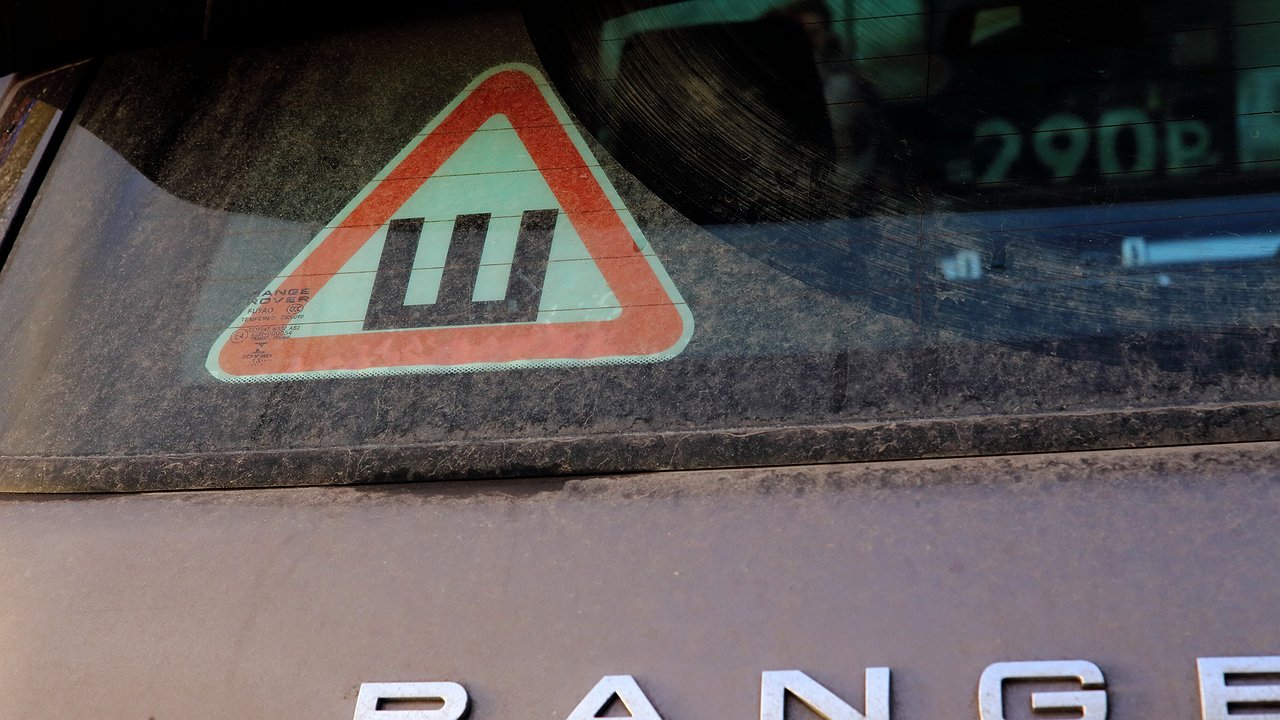How to radically protect winter tires against stud failure
- November 8, 2023
- 0
A whole “layer” of Russian car owners, including those who almost never drive on snow-free asphalt in winter, believe that only studded tires are suitable for driving in
A whole “layer” of Russian car owners, including those who almost never drive on snow-free asphalt in winter, believe that only studded tires are suitable for driving in

The main pest of studded winter wheels is metal ‘claws’ that fly out of their seats. This is of course a natural process. However, any car owner can slow it down. First of all, you need to maintain your car properly.
Balancing and checking your tire pressure regularly, and keeping your suspension in optimal condition (including proper camber and toe settings) will save you a lot of studs. If this is not done, the tire will have to operate in sub-optimal conditions, where the rubber and the ‘hardware’ integrated into it will be subject to abnormal loads, contributing to accelerated wear.
Cars with studded tires are recommended (funnily enough!) to drive less on bad roads. Impact loads on the wheels are not at all beneficial to the studs in terms of their survival in place. Rubber is elastic and lends itself to elastic deformation when the tire encounters an obstacle, but the stud does not. Which contributes to the process of tearing it from the nest.
Driving on tram tracks should also be avoided. The point here is not just that the steel ‘teeth’ in the tire prevent it from sticking to the also steel rails. The impact of iron on iron on a large rail will not cause any damage, but a small spike may not be able to withstand it and will fly out.
Everyone knows that winter wheels are not liked to be used in warm weather. This statement applies especially to “spikes”. At outside temperatures above +7C°, the tires overheat, the rubber becomes softer and the strength of the studs decreases noticeably. Conclusion: you should not replace summer tires with winter tires too early in the autumn.
You should also not turn the steering wheel again when the car is stationary. On snow or ice this is not particularly critical, but on clean asphalt it is better not to do this: the studs are more heavily loaded. Braking “to the ground”, as well as starting from the meta with slipping on a snow-free road surface, also contribute to getting them out of their nest.
Also keep in mind that stud life often depends on the tire manufacturer. For well-known brands, the service life of rubber with minimal stud loss can be up to 10 years – with careful driving. While a downright cheap tire of unknown origin can lose most of its “claws” already in the second year of use.

The main pest of studded winter wheels is metal ‘claws’ that fly out of their seats. This is of course a natural process. However, any car owner can slow it down. First of all, you need to maintain your car properly.
Balancing and checking your tire pressure regularly, and keeping your suspension in optimal condition (including proper camber and toe settings) will save you a lot of studs. If this is not done, the tire will have to operate in sub-optimal conditions, where the rubber and the ‘hardware’ integrated into it will be subject to abnormal loads, contributing to accelerated wear.
Cars with studded tires are recommended (funnily enough!) to drive less on bad roads. Impact loads on the wheels are not at all beneficial to the studs in terms of their survival in place. Rubber is elastic and lends itself to elastic deformation when the tire encounters an obstacle, but the stud does not. Which contributes to the process of tearing it from the nest.
Driving on tram tracks should also be avoided. The point here is not just that the steel ‘teeth’ in the tire prevent it from sticking to the also steel rails. The impact of iron on iron on a large rail will not cause any damage, but a small spike may not be able to withstand it and will fly out.
Everyone knows that winter wheels are not liked to be used in warm weather. This statement applies especially to “spikes”. At outside temperatures above +7C°, the tires overheat, the rubber becomes softer and the strength of the studs decreases noticeably. Conclusion: you should not replace summer tires with winter tires too early in the autumn.
You should also not turn the steering wheel again when the car is stationary. On snow or ice this is not particularly critical, but on clean asphalt it is better not to do this: the studs are more heavily loaded. Braking “to the ground”, as well as starting from the meta with slipping on a snow-free road surface, also contribute to getting them out of their nest.
Also keep in mind that stud life often depends on the tire manufacturer. For well-known brands, the service life of rubber with minimal stud loss can be up to 10 years – with careful driving. While a downright cheap tire of unknown origin can lose most of its “claws” already in the second year of use.
Source: Avto Vzglyad
Donald Salinas is an experienced automobile journalist and writer for Div Bracket. He brings his readers the latest news and developments from the world of automobiles, offering a unique and knowledgeable perspective on the latest trends and innovations in the automotive industry.